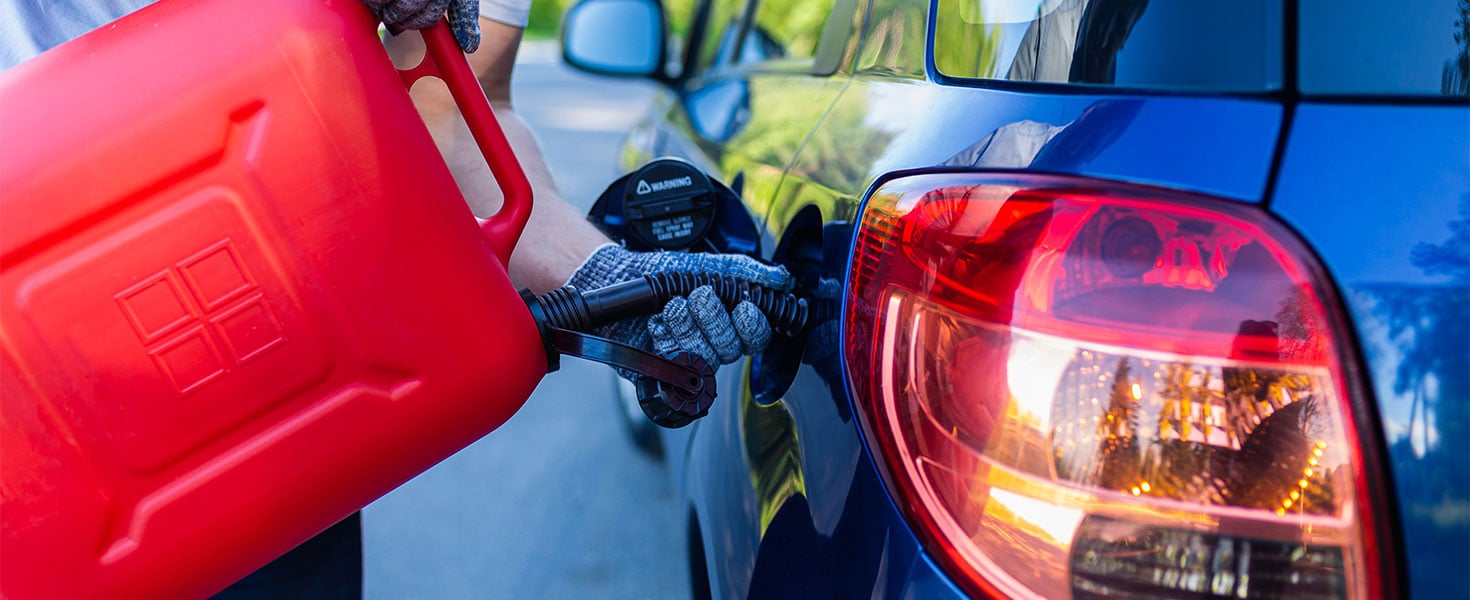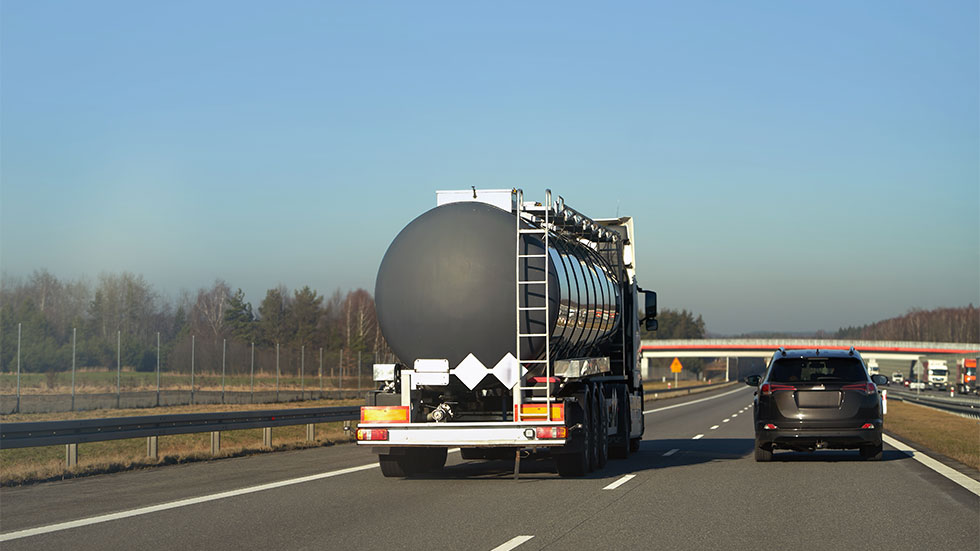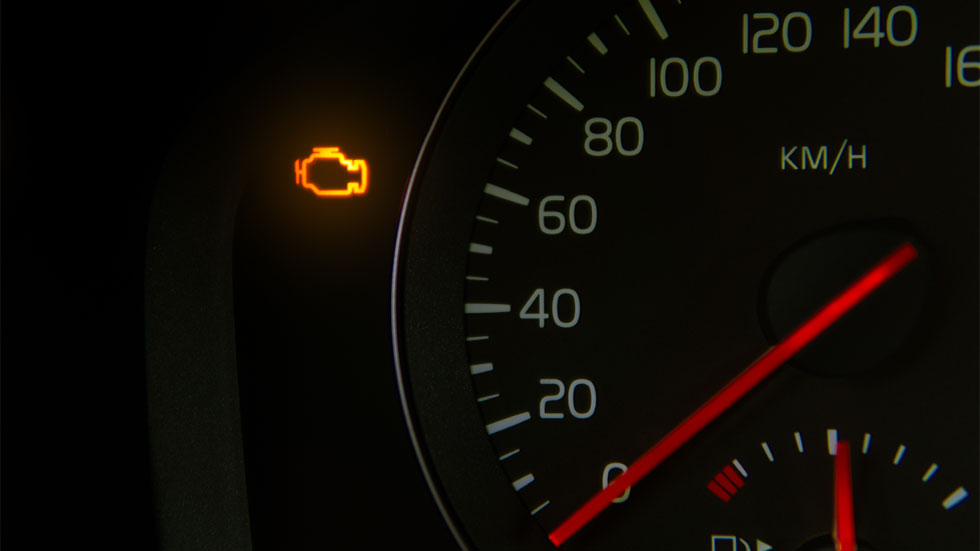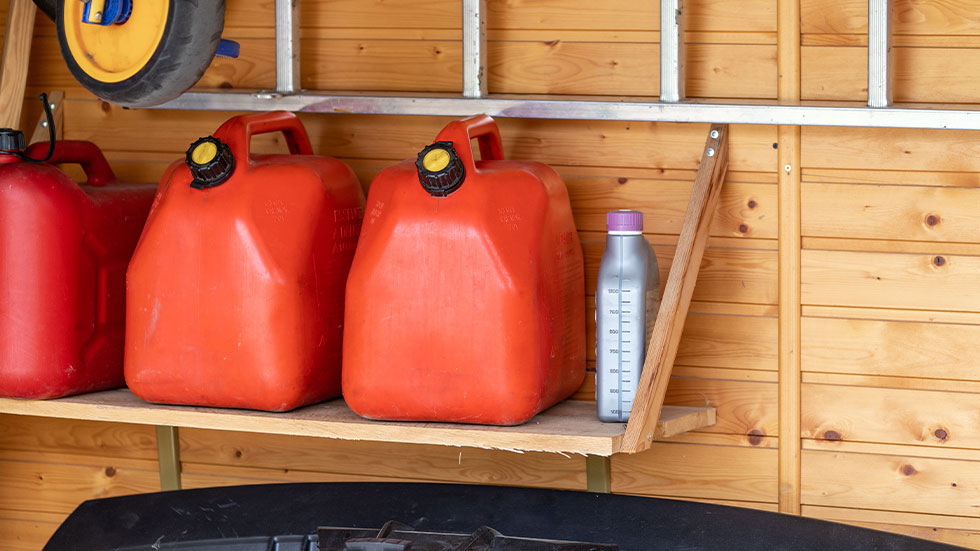How to Keep Gas from Going Bad
Learn the steps to keep your gasoline from going bad, plus know the signs of aging fuel, including evaporation, oxidation, and more


When we go to the gas station to fill up, most of us only consider the price we are about to pay per gallon or whether to put regular or premium fuel in the tank. Few if any of us think about the age of the gasoline flowing out of the gas pump. The fact is, gasoline, just like most liquids, has chemical properties that change over time, which means the gas in your tank or being stored in your gas can is aging and becoming less effective with each passing day.
In this article, we look at how gasoline changes as it ages, how to identify bad gasoline, the symptoms of it in a running vehicle, and some methods you can use to keep it from going bad.

HOW LONG BEFORE GAS GOES BAD?
As a general rule, gasoline lasts three to six months before it goes bad, while diesel can last up to a year. Ethanol-based gas has the shortest lifespan, with reduced combustibility occurring in just one to three months.
Due to fuel's volatile, flammable nature, how long fuels last before going bad depends a great deal on how and where it is stored. Unfortunately, there is no way for consumers to tell at the pump how long the fuel flowing out of the pump sat in containers, pipelines, or in transport before splashing into a vehicle’s gas tank.
WHAT HAPPENS TO GAS AS IT AGES?
As fuels age, the processes of evaporation and oxidation will eventually reduce combustibility to a point where engines don't burn them as efficiently. This, in turn, can cause a whole host of problems within your engine like harmful deposits, gummed-up components, or poor ignition.
- Oxidation: A natural, unavoidable process, oxidation occurs as gasoline is exposed to oxygen. Hydrocarbons within the fuel are oxidized, becoming acids and reducing its flammability.
- Evaporation: Over time, the volatile compounds that help gas ignite and provide power evaporate. When this happens, fuel does not burn as cleanly and can leave behind a varnish on engine components.
- Deposits: As gasoline ages, it can form deposits and gum up the fuel system in your vehicle.

HOW TO TELL IF GAS IS BAD
Identifying bad fuel can be tricky for a number of reasons, particularly when it comes to determining age. If you have gas that has been sitting in a can in your garage, before using it, check it for signs that it may have gone bad. A sour, unfamiliar smell, darkened color, or the presence of debris can all be indicators you should not put the fuel through your motor.
If your vehicle is experiencing one or more of the following issues, it may be due to bad gasoline. If you suspect an issue, see your mechanic for an inspection of your engine and fuel system.
- Reduced fuel economy: If gas does not burn as efficiently, your vehicle will need to use more of it to get where you are going, reducing overall miles per gallon.
- Difficulty starting: Bad gas does not ignite as well, and too much of it may create a situation where your engine has difficulty turning over.
- Check Engine light: This light, while it can indicate a wide range of issues, can also come on when sensors detect problems with your fuel system or how well gas is burning within the engine.
- Rough idling: If your engine is having trouble burning bad gas, you may notice your vehicle struggling or shuddering at idle speeds.
- Pinging sounds: Sometimes bad fuel in your vehicle can lead to pinging or knocking sounds. If you hear these, see a mechanic ASAP.
- Stalling: Vehicles with bad gas may stall and quit running completely.

HOW TO KEEP YOUR GASOLINE FROM GOING BAD
While you cannot fully prevent gasoline from deteriorating, there are steps you can take to stave off the effects of the aging process and preserve your gasoline for longer. By being mindful and attentive, you can ensure bad fuel is never a problem you will need to worry about.
Start your engines regularly:
- Making the effort to start your vehicle and let it run for ten to fifteen minutes every week, particularly if it sits unused for long periods, can prevent bad fuel from building up in your tank.
- Top off your tank: Filling your gas tank to capacity with fresh fuel, especially if you are planning to let it sit for an extended period, can dilute bad fuel and keep it from becoming an issue.
- Add a fuel stabilizer: With many options available from hardware or automotive stores, these additives can help preserve and extend the life of the fuel in your tank.
- Be smart about storage: Always store your fuel in cool, dark places when possible. Store fuel in a 3- to -5 gallon can, no bigger.
